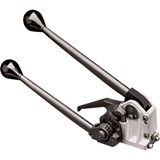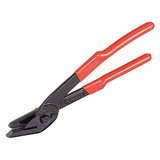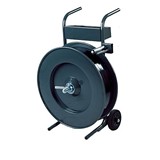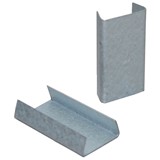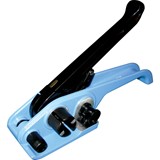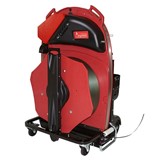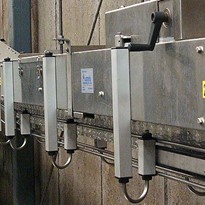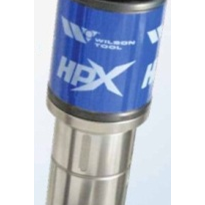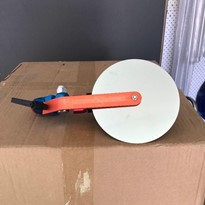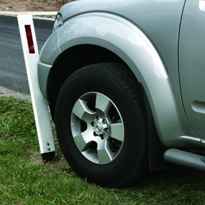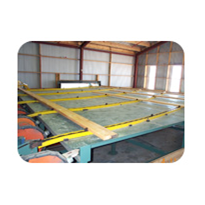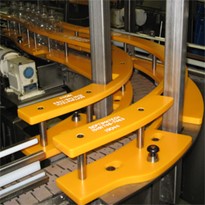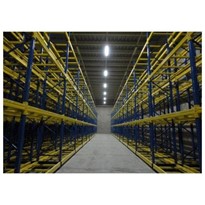Sealing your carton boxes with tape might offer some protection, but strapping is an excellent solution to fully secure your products as it wraps the shipments more strongly. Strapping your carton boxes provides a tight, strong seal that cannot easily be broken. Regardless of the size of your shipment, strapping can easily be applied. It is also useful when stacking several cartons together as one parcel – whether to reduce shipping costs or for convenience.
There are many different types of strapping available, and it is imperative that you choose the right type suitable for the product in your carton box. If you don't know how to choose the right strapping, this article can help you to understand different types of strapping and the one that is ideal for your products.
Composite Strapping
Because of the wide variety of strapping options to choose from, selecting the right strapping type can be quite confusing. However, it can get easier if you have a good knowledge of how the different types of strapping work; as well as considering some important factors. Before you choose your strapping method, you should consider the following:
Weight of the package to be strapped: it is important to know how heavy or light the package you are strapping is. You should consider if they are being shipped on pallets or how loose they are.
Means of Transport: Sometimes, you may not know how your shipments will be handled while in transit. If you suspect the shipments will be handled roughly, you will need to make use of a heavy strap.
Strapping tools or equipment available: You will also need to determine if you will be strapping using manual tools or if it will involve using a strapping machine.
Type of products you are strapping: You should not go ahead to strap if you are not sure of the products in the carton box. You should know whether the products are rigid, shrinking, compressible or expanding. Rigid packages will require stronger straps that retain high tension at all times while shrinking packages will require straps with elongation properties. On the other hand, the right strapping for a package that tends to expand is capable of withstanding pressure, while compressible packages will require straps that do not expand.
With these, you should already have a good knowledge of the type of strapping you are looking for. However, we still need to go a little further, to discuss the types of strapping available for more clarity.
Types of Strapping available and their applications
Below is a quick run-through of the types of strapping and their suitability:
Polypropylene Strapping: if the package you are strapping is quite light, you could use Polypropylene strapping; as it is an economical option designed for securing light shipments such as your single cartons. It is the most common type of strapping, available in different dimensions, and can easily be applied manually.
Polyester (PET) Strapping: this is the strongest type of plastic strapping available with impressive elongation and recovery characteristics. Due to its design, it offers very tight packaging and is capable of resisting pressure or harsh weather conditions. Polyester (PET) Strapping is light, flexible, and can be used in place of steel strapping due to its strength. It can be applied using manual tools.
Polywoven Strapping: this strapping solution is highly effective and suitable for a wide range of industrial uses due to its rigidity. As the name implies, it consists of filaments woven together to provide extra compatibility. It is as strong as steel strapping and can withstand harsh chemicals or weather conditions.
Composite Strapping: it is highly efficient, in the sense that it is flexible, very strong, absorbs shock, and can resist tension and harsh conditions. It is suitable for a wide range of industrial applications and can be used manually.
Steel Strapping: if you are considering using the strongest and toughest strapping solution available, then steel strapping is your sure bet. With the highest tensile strength, it is suitable for transporting heavy shipments over very long distances. However, due to its sharp edges, we advise you to use suitable PPE while using steel strapping.
Regardless of the type of shipment to be strapped, one or more of these types of strapping solutions will meet your requirements. Now that you know the available options and their applications, you will find it easier to choose the right strapping.





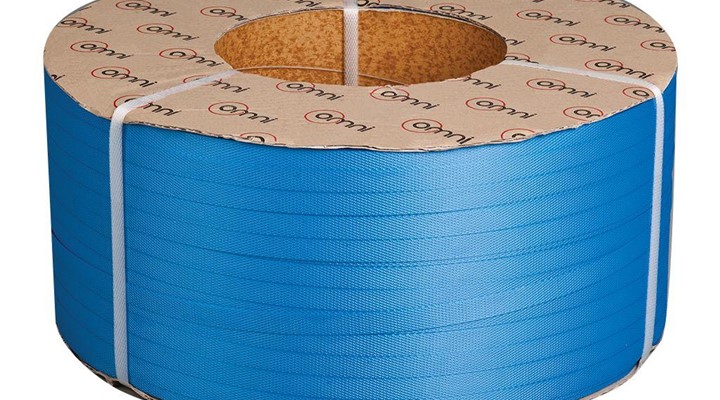




-160x160-state_article-rel-cat.png)
